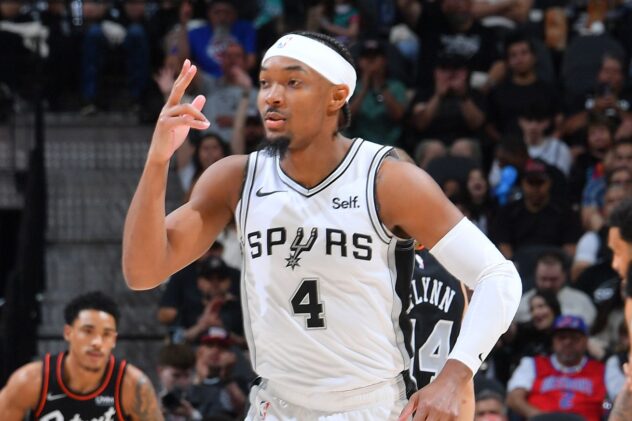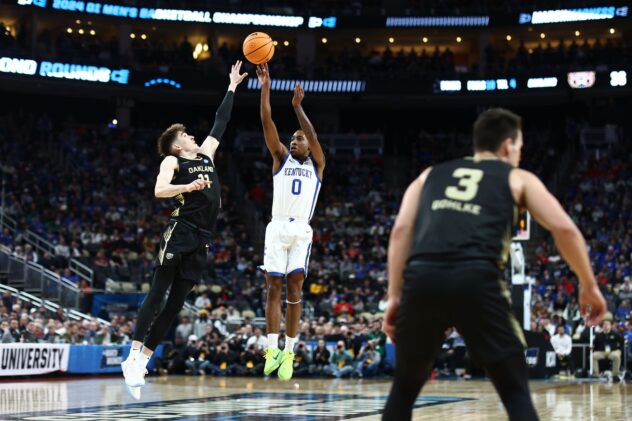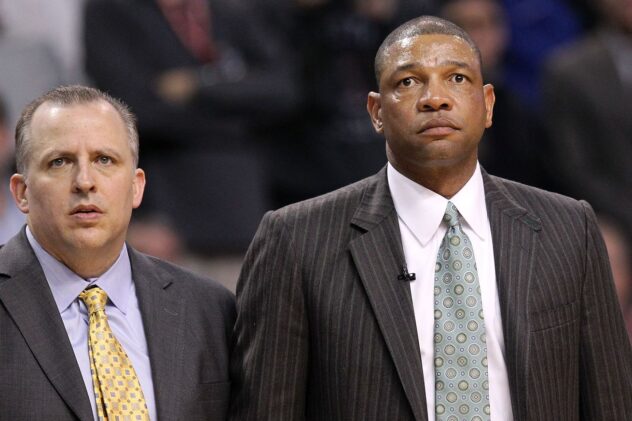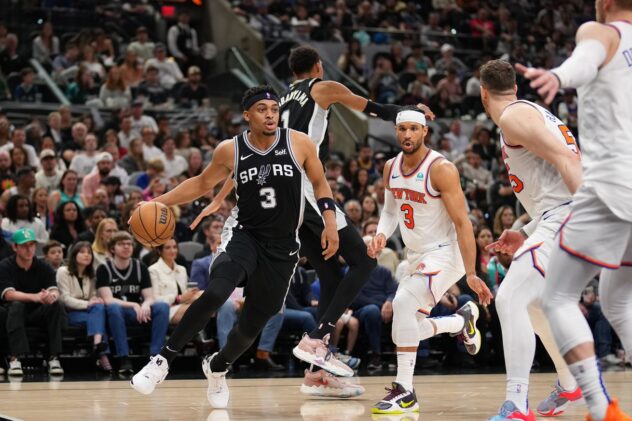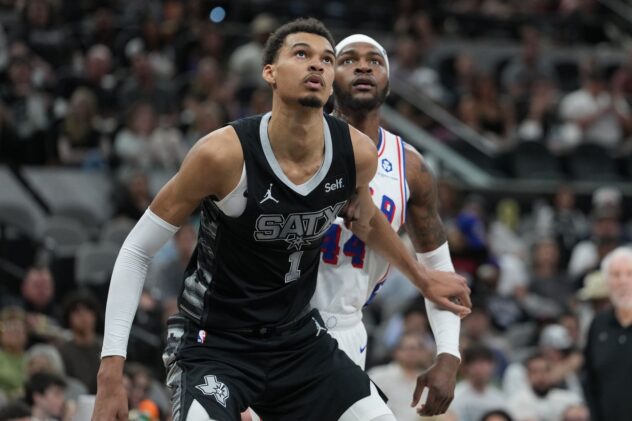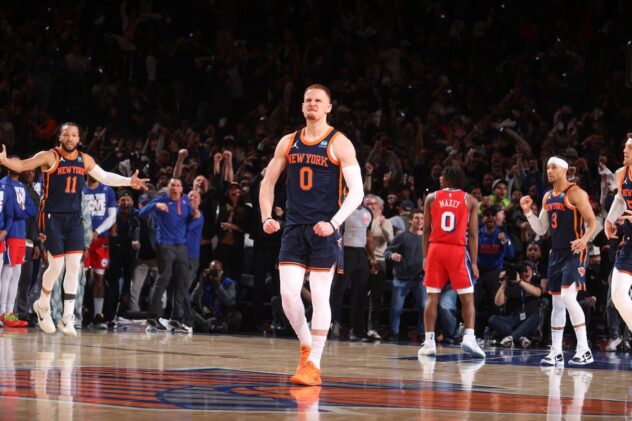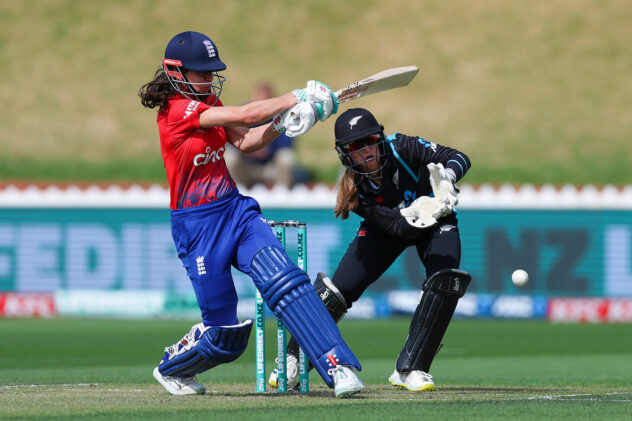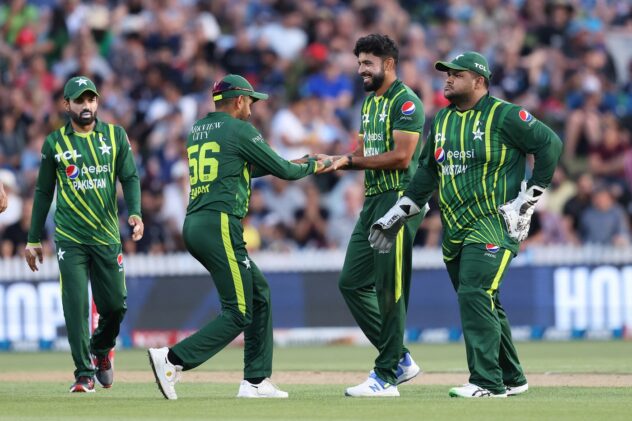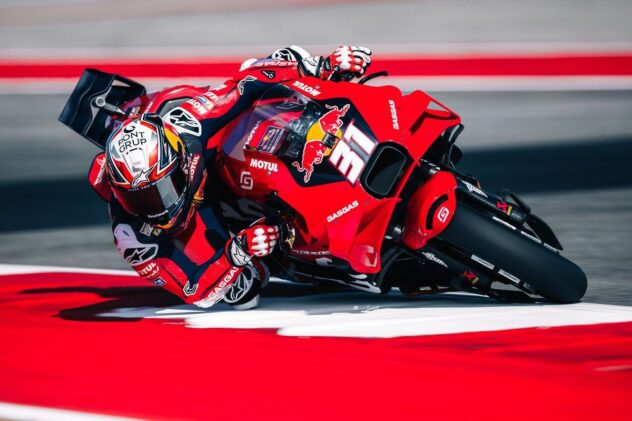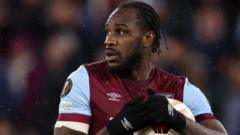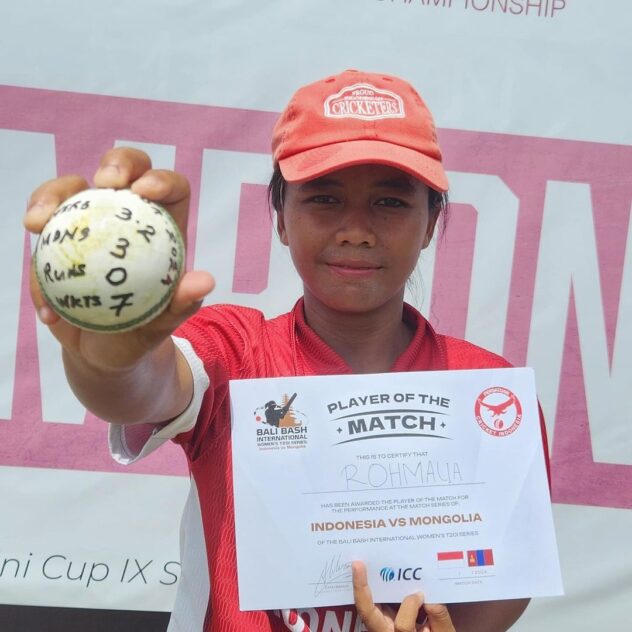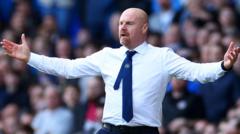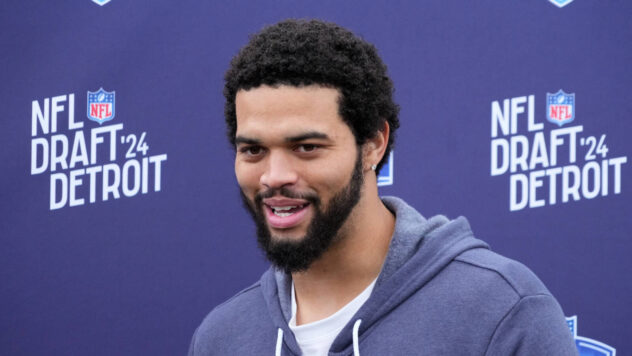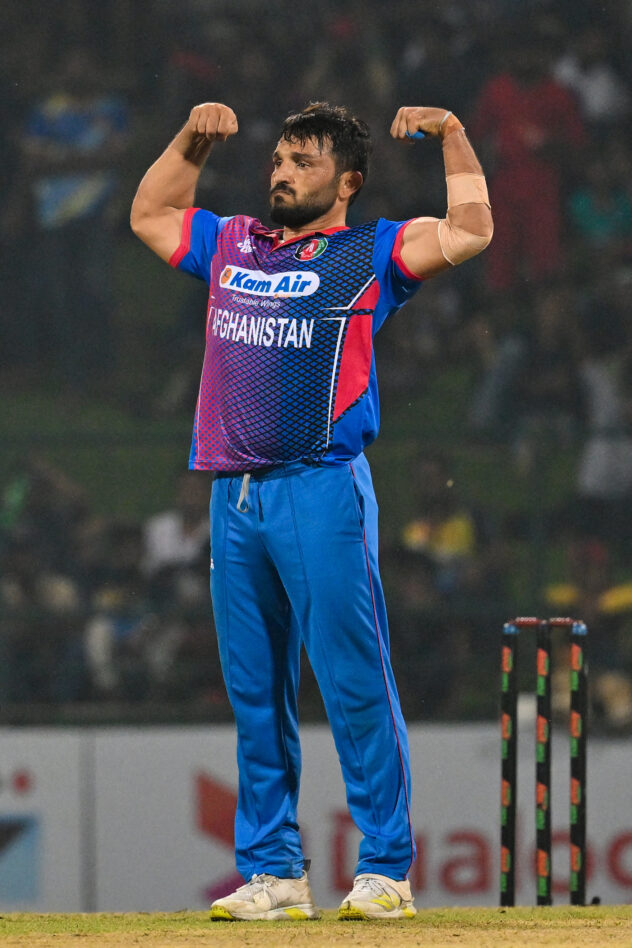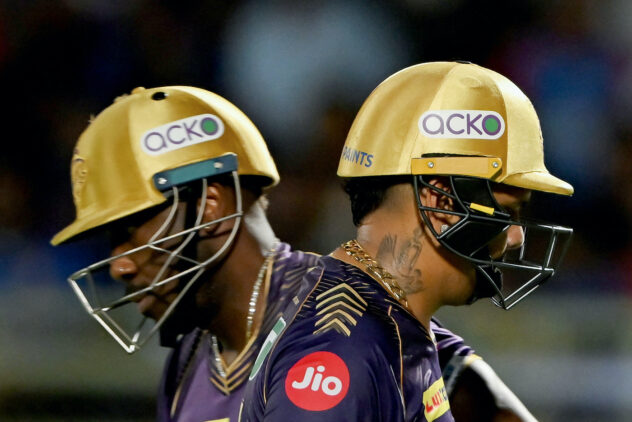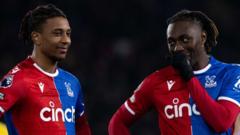Kawhi Leonard’s farewell is a one-way gesture from a two-way superstar
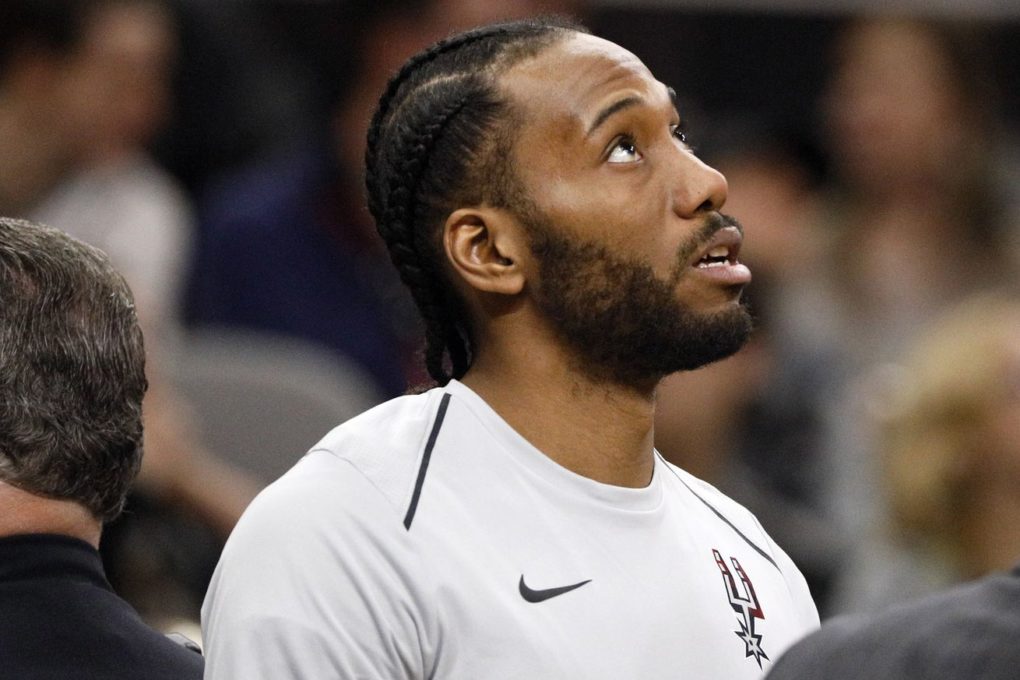
The man who could be everything for his team on the court rarely aspired to be anything off of it, a duality that defines his departure from San Antonio.
It’s likely that Kawhi Leonard had already bid farewell to San Antonio long before his trade on July 18th, and certainly before Thursday when he released a formal statement thanking his teammates, the city and its fans.
Kawhi Leonard releases first statements since trade to Toronto, saying goodbye to San Antonio and the Spurs: pic.twitter.com/XxSUEwbrQ6
— Shams Charania (@ShamsCharania) August 9, 2018
To no one’s surprise, the letter doesn’t allude to what transpired in a lost 2017-18 season; it doesn’t shed light on the player’s state of mind or rehabilitation, nor does it confirm or deny his reported desires to switch teams; it doesn’t deign to justify the apparent 180-degree turn in his relationship with the organization, and it certainly isn’t apologetic for any of those things. It eschews sentimentality and earnest reflection for a series of bellowed THANK YOUs that drown out the bitter climate in which they’re received. That it was almost certainly not conceived by a PR firm or even written by a communications specialist is clear in both content and execution — a fact that absolves it of some of its shortcomings but which further underlies the star player’s disinterest in making the slightest exertion to explain himself to the media or his fans.
In the end Leonard’s farewell feels, above all else, a fitting bookend for his tenure as a Spur. While it does little in terms of closure for fans of the team, it’s also painfully on brand, reflecting a two-way superstar who rebuffed the idea of a two-way relationship with his wider sphere of influence.
There’s little Leonard can’t do on either end of the floor with two healthy quads. He asserted himself as one of the league’s top defenders early in his career and added a well-rounded offensive repertoire that made him a brutally efficient go-to force in the 2016-17 season. He was consistently referred to as the league’s best two-way player, a concept that has become old hat as many stars toggle their talents and efforts towards the offensive end of the floor.
Off the court, he was famously —and then infamously— insulated from the duties that typically come with fame in the modern era. He hasn’t tweeted in three years, and his Instagram account was reportedly (and often erratically) run by his sister. His interviews are comically short and never revealing. While most star players have viewed off-the-court interactions as an opportunity to engage with fans and boost their brand, Leonard has been an extreme exception. Until reports surfaced of discontent with his contract negotiations with Jordan Brand, it was believed that the hit to his marketability was of little consequence to him, and it remains to be seen what he’ll do to bolster that moving forward.
Leonard’s taciturn nature became the Spurs story of 2017-18, as an onerous injury situation pushed him to distance himself first emotionally and then physically from his teammates and the front office. With his recovery entrusted to an external medical group, his coach and other players seemed increasingly in the dark as to his status and potential return to the court. That’s an issue for any team, but it’s especially incongruous for an organization defined by Gregg Popovich’s transactional management approach, where mutual understanding has always been valued.
There isn’t a standard for what a professional athlete owes his team, teammates, and fans beyond the work he puts in the gym and on the court. Engagement and communication are generally voluntary qualities that seem to develop organically through time. That wasn’t the case for Leonard, although it might eventually be.
It’s just a shame it didn’t occur in San Antonio.
Source: Pounding The Rock

